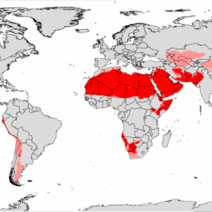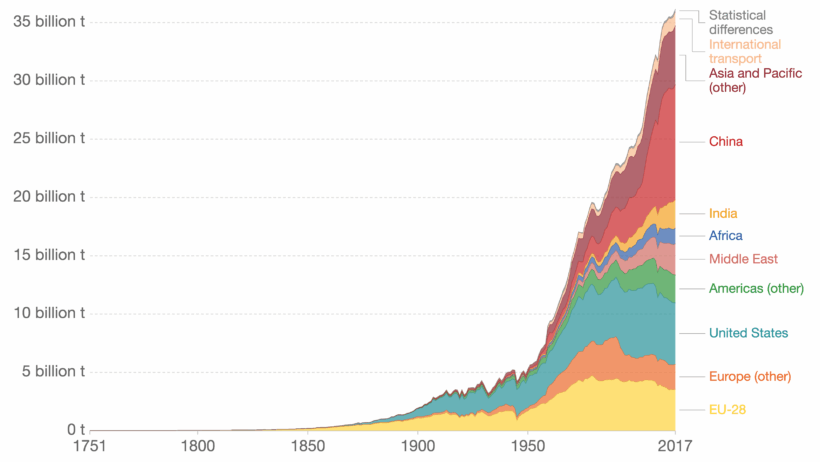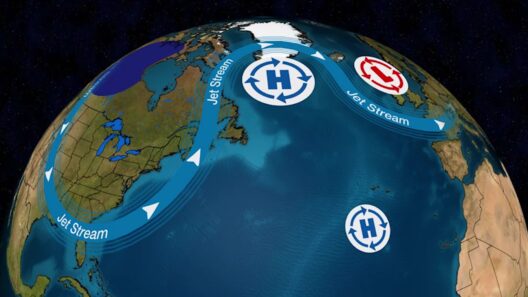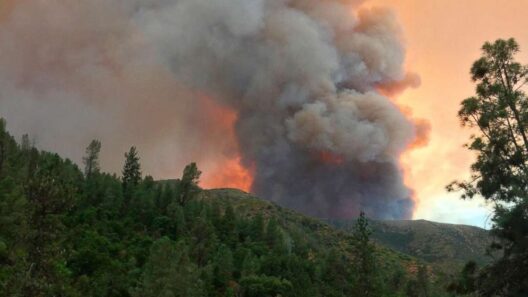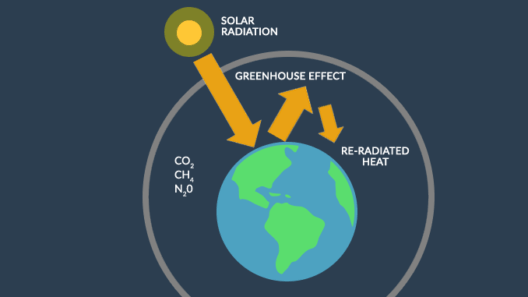Oceans are the lifeblood of our planet—a vast, interconnected system that regulates climate, sustains an incredible diversity of life, and provides resources that humanity relies upon directly and indirectly. However, the oceans are facing unprecedented turmoil as a result of both acidification and pollution, two interlinked processes that exacerbate the challenge of global warming. Understanding these phenomena—their causes, effects, and potential solutions—is crucial for recognizing the fragile state of the world’s oceans and, by extension, the delicate balance of our climate system.
Acidification occurs when excess carbon dioxide (CO2) from the atmosphere dissolves in seawater, leading to a decrease in pH levels. Since the beginning of the Industrial Revolution, the oceans have absorbed roughly 30% of the CO2 emissions, significantly altering the chemical composition of seawater. The oceans, often perceived as a vast dumping ground for human waste, have become a startling example of the broader environmental degradation we face. The implications of acidification are dire. Marine organisms, especially calcifying species such as corals, mollusks, and certain plankton, struggle to maintain their calcium carbonate structures. The disruption of these foundational species endangers the entire marine food web, culminating in profound consequences for biodiversity and food security.
Pollution manifests in myriad forms—plastic waste, agricultural runoff, industrial effluents—all contributing to a persistent degradation of marine ecosystems. Plastic in our oceans is not merely an eyesore; it acts as a vector for toxic chemicals that can bioaccumulate in marine species, leading to detrimental health effects across the food chain, including in human populations. Furthermore, nutrient runoff from fertilizers can lead to eutrophication. This process results in algal blooms that deplete oxygen in the water, creating hypoxic zones, also known as dead zones, where most marine life cannot survive. These occurrences illustrate a destructive cycle: pollution exacerbates the effects of climate change, which in turn deteriorates water quality and marine habitat, rendering the oceans increasingly inhospitable.
A common observation among those who study marine systems is the perplexing interaction between acidification and pollution. Each problem compounds the other, creating a vicious cycle. For example, warmer waters exacerbate the symptoms of acidification, making it increasingly difficult for marine organisms to cope. Higher temperatures can also cause changes in species distribution, as some marine species seek cooler waters, leading to altered dynamics in fish populations and further stressing ecosystems. This interconnected web of challenges complicates efforts to address environmental issues, emphasizing the need for comprehensive solutions that consider the oceans as part of a broader ecological system.
Equally alarming is the impact on coral reefs, often referred to as the “rainforests of the sea.” These ecosystems are vital not only for marine biodiversity but also for the livelihoods of millions of people who depend on them for food and tourism. Coral reefs are among the most sensitive to changes in water temperature and chemistry. Both acidification and warming waters have resulted in widespread coral bleaching, a phenomenon that occurs when corals expel the symbiotic algae living in their tissues. Without these algae, which provide energy through photosynthesis, corals can die, leading to a cascading loss of biodiversity. As such, safeguarding coral reefs must be prioritized in any comprehensive climate strategy.
Addressing the dual crises of acidification and pollution is daunting, yet absolutely necessary. Reduced carbon emissions are a crucial first step. Transitioning to renewable energy sources, enhancing energy efficiency, and implementing carbon capture technologies are essential strategies for mitigating climate change. Reducing reliance on fossil fuels will not only decrease atmospheric CO2 levels but also mitigate ocean acidification. Furthermore, transforming agricultural practices to reduce nutrient runoff—such as adopting sustainable farming practices and improving waste management—can bolster water quality and reduce the burden of pollutants entering the oceans.
Moreover, effective legislation and international cooperation are imperative in combating ocean acidification and pollution. Policies that enforce stricter regulations on carbon emissions, plastic use, and nutrient discharges into water bodies can foster a healthier marine environment. International agreements, like the Paris Agreement, should encompass specific provisions addressing oceanic health and recognize that protecting marine ecosystems is integral to global climate strategies.
Public awareness and engagement in marine conservation are also critical. Advocacy for reducing single-use plastics, promoting beach clean-ups, and protecting marine protected areas (MPAs) can empower local communities to take action. Education can lead to new generations of stewards committed to preserving our oceans. By fostering a connection with the sea and instilling an ethos of conservation, future generations may be better equipped to address the challenges facing our marine environments.
In conclusion, the oceans are in crisis, caught at the intersection of acidification and pollution, both of which accelerate global warming. A multifaceted approach that integrates the solutions of reducing emissions, regulating pollutants, and enhancing public engagement is vital for reversing current trends. The time to act is not just now; it is essential for the survival of marine ecosystems and, ultimately, humanity’s well-being on this planet. Fostering resilience in our oceans is not only an environmental imperative but a moral obligation we owe to future generations, ensuring that they inherit a planet teeming with life rather than a skeletal remnant of its former self.
